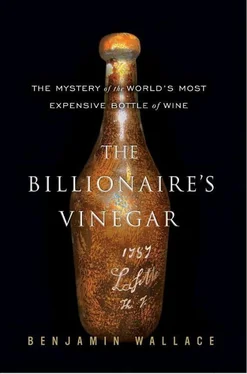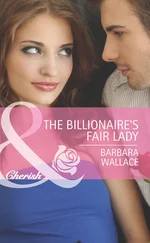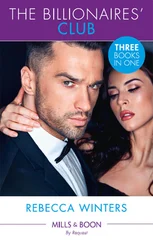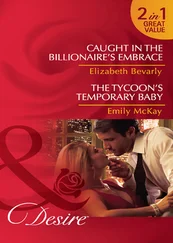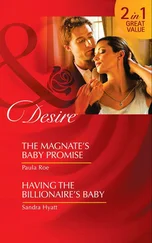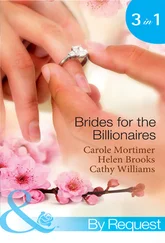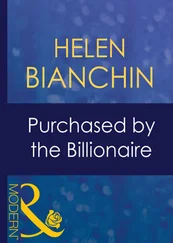“Schnell! Schnell!” the Germans cried.
En masse, the group hurried back down into the cellar to get a decanter Rodenstock had brought, a hollow glass bust of George Washington with a cork in the crown of his head. It was vital that the wine be removed from contact with the cork and the wax that had collapsed inward with it, before either could corrupt the wine. And the crack threatened to expand. Frenzel carefully but quickly decanted the rest of the wine, then the group relocated again to the tasting room.
Now that the wine was safely transferred, the Médocain sun filtered dimly through its murk, and it was possible to assess the color. It was in no sense red. The body of the wine was molasses brown, the rim amber. All to be expected in a wine so old. But the concentration of color was improbably youthful.
“Extraordinaire!” several of the French murmured.
The hue reminded Broadbent of a 1900-vintage Bordeaux. It had a sheen that an oxidized wine would not.
Frenzel wasted no time, pouring it out into glasses. Baron Philippe was sick and bedridden, the guests were told, and his grandson Philippe now lifted his glass and asked if it would be all right to take it to his grandfather upstairs. He then departed to share the precious gift with the baron, who in truth was not there because he refused to meet with the Germans; his first wife had died in the concentration camp at Ravensbrück.
The smell of the wine was restrained at first—even the hypersensitive Broadbent found it scentless. There was none of the acrid tang of vinegar or the deep mustiness of oxidation. There was nothing. Broadbent was surprised. In spite of his touting of the Forbes bottle, and his earlier suggestions that it might have survived the centuries in drinkable form, he knew it was nearly impossible for a red claret to do so.
This one had a relatively low fill level, had been untouched for two hundred years, and had been stored who knew where. “But at this age,” as Broadbent put it later, “no news is good news.” And, after four minutes, the wine had a discernible fragrance. It blossomed, filling the room with a kind of sweetness. Was it the proverbial sweetness of death? As the tasters plunged their noses into the depths of their glasses, they found that the bouquet kept changing. After ten minutes it had what Broadbent described as “a rich, warm, wholemeal, gingery smell.”
“Dunked gingernuts,” he remarked.
“Lovely coffee,” Rodenstock intoned.
Jancis Robinson, an English journalist who was the only woman present, was taken aback. Over forty-five minutes, the wine kept getting more delicious, a feat “even for a young wine,” as she later put it. “This relic of pre-revolutionary days” was “richly juicy and fighting fit” and “the most exciting liquid I ever expect to drink.” An hour after the pour, Broadbent found cabernet flavors in the nose. On the palate, he experienced “a beautifully sweet rich wine, with good body, extract and absolutely perfect acidity and balance. The flavour had hints of coffee and caramel, the effects of a long but sublime form of oxidation in the bottle, and it was delicious to drink.”
“I’ve never tasted anything like it,” Raoul Blondin said, over and over. The last drops of wine in the decanter were trapped at the tip of George Washington’s nose, so Blondin tipped the cracked bottle upside down, emptying its viscous dregs into a giant glass and tasting it. “It’s delicious,” Blondin said. “No bitterness. They wouldn’t have done any egg-white fining in those days, you see.” Such fining, more common in modern times, was a technique in which egg whites were stirred into wine, before bottling, to help precipitate out coarse solids. The result was clearer, more stable wine, and a sediment that could have an unpleasant astringency.
Blondin was in his mid-seventies, and had tasted many of the oldest vintages of the wine to which he had devoted his life, but none was as old, or noteworthy, as this one. He reveled in the symmetry of the bottle’s being opened right next to the vineyard whence it had sprung, the plain known as the Carruades, which had originally constituted the whole of the property. He passed the glass around. When it got to Robinson, the dominant smell note was a blend of sundry colognes and tonics transferred from the hands and faces of all the Germans who’d already handled it. It made it hard for her to absorb the wine’s essence, but she was still impressed by its high quality.
Young Philippe Sereys de Rothschild returned and reported that his grandfather, who had shared his maître de chai ’s skepticism that this wine could possibly be drinkable, was amazed and delighted. (The baron would die a week later.) Rodenstock was clearly pleased with himself, nodding his head and smiling inscrutably as he said, “The Paris cellar was so effectively blocked up, it was almost hermetically sealed, you see.” Broadbent, whose jaded palate made him cool and detached about most wines, was almost manic, probably as much because the wine vindicated his and Christie’s imprimatur for the Forbes bottle as because the wine was inherently exciting. “I thought it would be a bit acidic, a bit decayed, but there wasn’t a trace. If there was any doubt, forget it. This wine is genuine. No doubt about that.”
After tasting such an antique, it was time for something younger: an 1858 Mouton. “It tasted so light, so modern after its predecessor,” Robinson later recalled. Then Rodenstock showed off a bottle he had in the trunk of his car: a Jéroboam of 1945 Pétrus.
It was time for lunch, which was served next door at Philippine de Rothschild’s petit château, decorated in the Louis XVI style. An 1865 Margaux would be among the wines to be drunk. Rodenstock mentioned that he had a complete vertical of Mouton from 1945 to 1982. He suggested opening the ’45 Pétrus Jéroboam, but this idea was scuttled by grandson Philippe, who suggested it would be a waste to drink it without having decanted it sufficiently ahead of time. An equally likely reason was that powerful right-bank Pétrus might well show up the elegant left-bank wines.
Broadbent, who had a dinner to attend in London that evening, flew out on a 2:25 p.m. flight. He felt reassured by the day’s events. The cork’s collapse, as suggested by the Forbes bottle’s fate, was a reliable feature of old wines. The Mouton bottle’s cracking suggested there was no way that an engraving could have occurred recently. Even Blondin’s comment about the lack of fining in the eighteenth century was a reminder that wine, in Jefferson’s day, was for early drinking; the 1787 vintage would have been bottled in 1788 and ready for consumption in 1791. “[M]ost of the party anticipated a funeral. It turned out to be a resurrection,” Broadbent crowed in a Decanter article headlined “No More Doubts.”
CHAPTER 9

SALAD DRESSING
BEFORE THE FORBES AUCTION, BROADBENT HAD SAID the 1787 Lafite was probably the only bottle “of its kind” that would ever come up for sale. Arthur Woods, Broadbent’s Decanter letters-page tormentor, was having none of it. “One now supposes that after a discreet interval another bottle will appear for auction,” he wrote in June 1986; “next December or early in 1987 perhaps?”
As it happened, in December, one year to the day after the Forbes sale, Michael Broadbent auctioned off another of Rodenstock’s Jefferson bottles. This time he was selling a 1784 Yquem, the same wine that had piqued his interest when Rodenstock opened one at the October 1985 tasting in Wiesbaden. In the catalog, Broadbent called it “the last but one bottle of 1784, and the only occasion this vintage is ever likely to come on the market.”
Читать дальше
